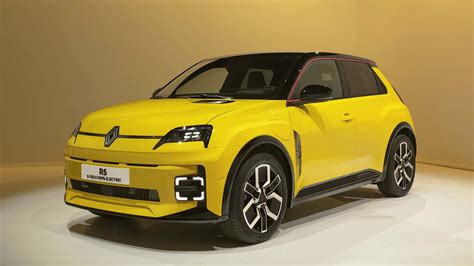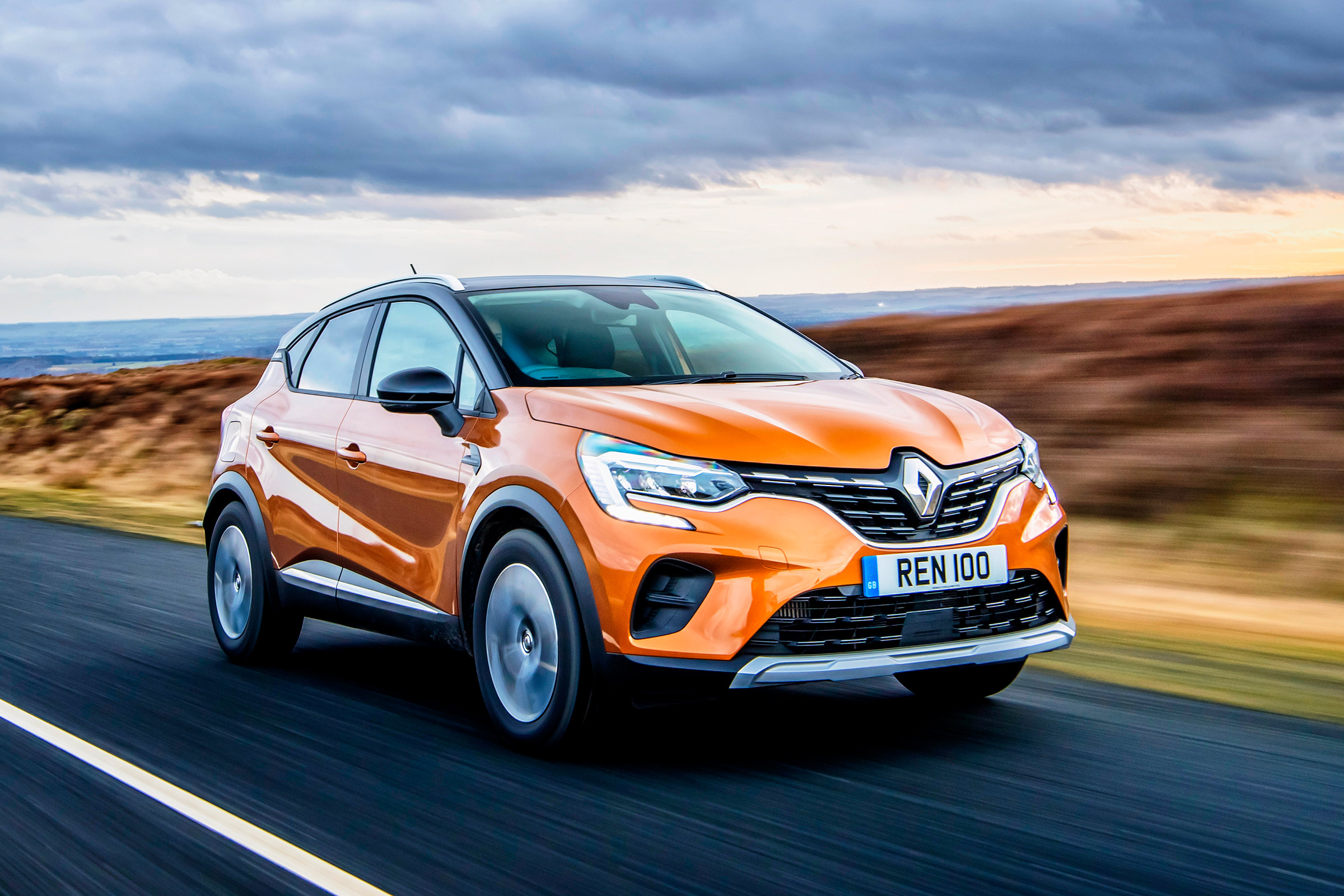The concept of electric turbocharging has been gaining traction in recent years, particularly in the automotive industry. By combining the benefits of traditional turbocharging with the efficiency of electric motors, electric turbochargers aim to reduce lag, increase power, and decrease emissions. As this technology continues to evolve, it's essential to understand the core principles and potential applications of electric turbocharging. In this article, we'll delve into five key tips related to electric turbochargers, providing insight into their operation, advantages, and future prospects.
Key Points
- Understanding the fundamental principles of electric turbocharging, including its ability to reduce turbo lag and improve engine efficiency.
- Recognizing the potential applications of electric turbochargers in various industries, from automotive to aerospace.
- Improving engine performance through strategic pairing of electric turbochargers with other technologies, such as hybrid powertrains.
- Addressing the challenges associated with electric turbocharger implementation, including cost, complexity, and energy consumption.
- Exploring the future of electric turbocharging, including advancements in materials, design, and control systems.
Tip 1: Understanding Electric Turbocharger Fundamentals

An electric turbocharger operates by using an electric motor to drive the turbocharger’s compressor wheel, thus forcing more air into the engine’s combustion chamber. This process can significantly reduce turbo lag, which is the delay between the driver pressing the accelerator and the turbocharger providing a boost. By minimizing lag, electric turbochargers can improve the overall responsiveness and efficiency of an engine. Furthermore, electric turbochargers can be designed to recover energy that would otherwise be wasted, such as during deceleration, and use this energy to assist the engine or charge batteries in hybrid vehicles.
Technical Specifications and Efficiency
From a technical standpoint, the efficiency of an electric turbocharger is influenced by several factors, including the design of the electric motor, the compressor wheel, and the turbine. High-speed electric motors are typically used due to their power density and efficiency. The compressor wheel must be optimized for the specific application, taking into account factors such as airflow, pressure ratio, and efficiency. The turbine, which drives the compressor wheel in traditional turbochargers, can be optimized in electric turbochargers to focus on efficiency during energy recovery phases.
| Component | Efficiency Considerations |
|---|---|
| Electric Motor | Power density, efficiency at high speeds |
| Compressor Wheel | Airflow, pressure ratio, efficiency at various RPM |
| Turbine | Efficiency during energy recovery, robustness |

Tip 2: Exploring Applications Beyond Automotive

While the automotive industry is a primary focus for electric turbocharger development, the technology has potential applications in other sectors. For example, in aerospace, electric turbochargers could be used to improve the efficiency and reduce the weight of aircraft engines. In marine applications, they could enhance the performance and reduce the emissions of large diesel engines used in ships. The key to successful implementation in these areas is understanding the specific challenges and requirements of each industry.
Addressing Industry-Specific Challenges
In the aerospace industry, the primary challenges include reducing weight while maintaining or increasing power output, and ensuring reliability under extreme conditions. For marine applications, the focus is on reducing emissions to comply with stringent environmental regulations, and improving efficiency to reduce fuel consumption and operating costs. By addressing these industry-specific challenges, electric turbochargers can provide significant benefits and open up new opportunities for innovation and growth.
Tip 3: Enhancing Performance through Hybridization
Pairing electric turbochargers with hybrid powertrains can lead to substantial improvements in engine performance and efficiency. By using an electric motor to assist the engine during acceleration and to recover energy during braking, hybrid vehicles can significantly reduce their emissions and fuel consumption. The electric turbocharger can further enhance this system by providing an instant boost, reducing turbo lag, and allowing for more efficient energy recovery.
Strategic Implementation
The strategic implementation of electric turbochargers in hybrid vehicles involves careful consideration of the vehicle’s overall powertrain architecture. This includes optimizing the electric motor’s power output to match the engine’s requirements, selecting appropriate battery technology to store recovered energy, and developing sophisticated control systems to manage the flow of energy between the engine, electric motor, and batteries.
Tip 4: Overcoming Implementation Challenges
Despite the potential benefits of electric turbochargers, there are several challenges to their widespread adoption. These include the high upfront cost of the technology, the complexity of integrating electric turbochargers into existing engine designs, and concerns about energy consumption and efficiency. Addressing these challenges requires significant investment in research and development, as well as collaboration between industry stakeholders to establish common standards and best practices.
Cost and Complexity Considerations
From a cost perspective, the development and production of electric turbochargers are currently more expensive than traditional turbochargers. However, as the technology advances and economies of scale are achieved through mass production, costs are expected to decrease. The complexity of integrating electric turbochargers into existing powertrains can be managed through the development of modular designs and the use of advanced simulation tools to optimize performance and efficiency.
Tip 5: Looking to the Future of Electric Turbocharging

The future of electric turbocharging is promising, with advancements in materials, design, and control systems expected to further improve efficiency and performance. The development of advanced materials such as graphene and nanomaterials could lead to more efficient and durable electric motors and turbocharger components. Improved design methodologies, including the use of computational fluid dynamics and machine learning algorithms, can optimize the performance of electric turbochargers under various operating conditions. Furthermore, next-generation control systems will play a critical role in managing the complex interactions between the electric turbocharger, engine, and other powertrain components.
What are the primary benefits of electric turbochargers over traditional turbochargers?
+The primary benefits include reduced turbo lag, improved engine efficiency, and the potential for energy recovery, which can lead to better fuel economy and reduced emissions.
How do electric turbochargers contribute to hybrid vehicle efficiency?
+Electric turbochargers can enhance the efficiency of hybrid vehicles by providing an instant boost, reducing turbo lag, and allowing for more efficient energy recovery during braking and deceleration phases.
What challenges must be addressed for the widespread adoption of electric turbochargers?
+Key challenges include reducing the high upfront cost, managing the complexity of integration into existing powertrains, and optimizing energy consumption and efficiency.
In conclusion, electric turbochargers represent a significant advancement in engine technology, offering improved efficiency, reduced emissions, and enhanced performance. As this technology continues to evolve, understanding its fundamentals, exploring its applications beyond the automotive sector, enhancing performance through hybridization, overcoming implementation challenges, and looking towards future advancements will be crucial for unlocking its full potential. By addressing these aspects and continuing to innovate, electric turbochargers can play a pivotal role in shaping the future of transportation and energy efficiency.



